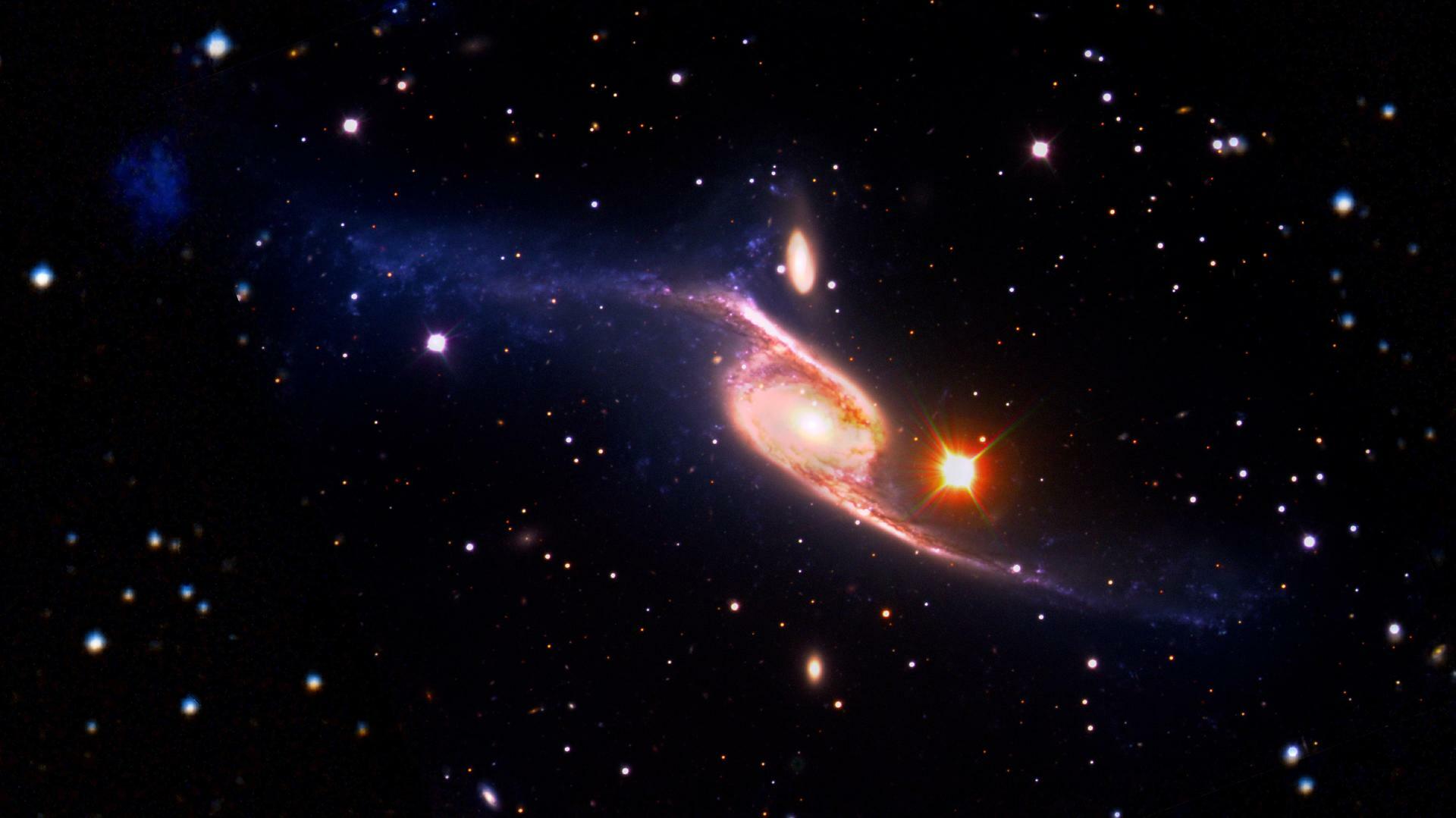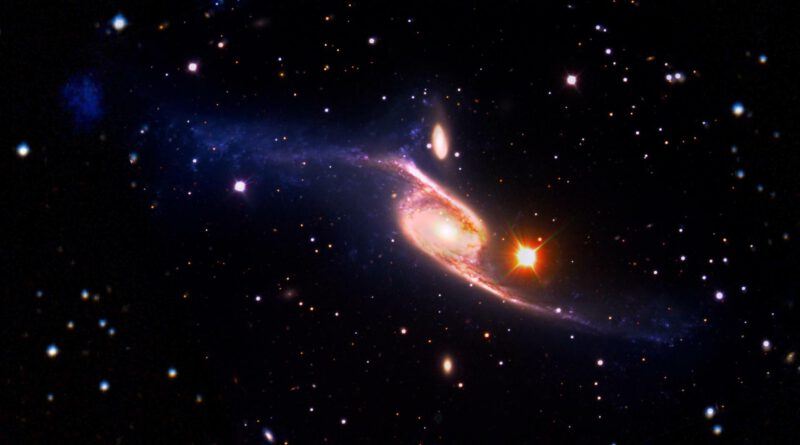Webb discovery defies what we know about Milky Way-like galaxies

Astronomers previously thought it took billions of years for galaxies to become stable enough to develop so-called “bars,” ribbons of stars and gas that cut across the core of a galaxy.
The Milky Way is an example of a barred spiral galaxy.
But a new James Webb Space Telescope discovery means scientists might have to toss out what they previously thought they knew about galaxy evolution. An international team has used the leading space observatory — a collaboration of NASA and the European and Canadian space agencies — to find the most distant barred spiral galaxy yet.
The galaxy, known as Ceers-2112, was observed with the telescope as it appeared in the early days of the universe, when the galaxy was only about 2 billion years old. Given that most scientists believe the universe is 13.8 billion years old today, that period can still be considered the universe’s infancy, shortly after the Big Bang.
The bar in Ceers-2112 could mean that galaxies matured much faster than scientists have theorized, said Alexander de la Vega, an astronomer at the University of California, Riverside, in a statement.
“Finding Ceers-2112 shows that galaxies in the early universe could be as ordered as the Milky Way,” said de la Vega, who was among the international team that made the discovery. “This is surprising because galaxies were much more chaotic in the early universe.”
The research, led by scientists at the Centro de Astrobiología in Spain, was published in the journal Nature this week.
It was not that long ago that NASA proclaimed barred spiral galaxies were “latecomers” to the universe, based on the Cosmic Evolution Survey. The study, led by Kartik Sheth of the Spitzer Science Center at Caltech in Pasadena, looked at more than 2,000 spiral galaxies from a Hubble Space Telescope census.
“This is surprising because galaxies were much more chaotic in the early universe.”
Those astronomers had found far fewer Milky Way-like galaxies 7 billion years ago, when the universe was about half its current age. Only 20 percent of the spiral galaxies in the distant past possessed bars, compared to nearly 70 percent of their more-modern cohort, according to the prior research.
Want more science and tech news delivered straight to your inbox? Sign up for Mashable’s Light Speed newsletter today.
“The formation of a bar may be the final important act in the evolution of a spiral galaxy,” Sheth said. “Galaxies are thought to build themselves up through mergers with other galaxies. After settling down, the only other dramatic way for galaxies to evolve is through the action of bars.”
Bars form in spiral galaxies when the orbits of stars near the galaxy’s nucleus become erratic and stretched out. As the stars’ orbits get larger, they start to make a bar. Bars grow as their gravity collects more nearby stars. Eventually, a large percentage of the stars within the galaxy’s heart get caught up in the bar.
The team of researchers who found Ceers-2112 say the discovery means astronomers will need to adjust theories on galaxy formation. The finding shows that galaxies with these complex barred structures can be detected even when the universe was incredibly young.
